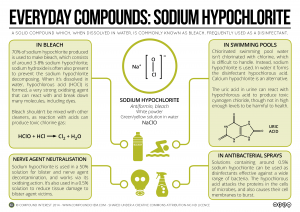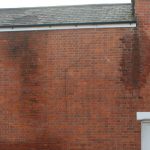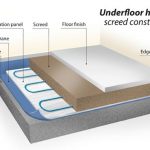The first thing to do is find the cause of the excess moisture in buildings so you need to locate the brick wall there the penetrating damp first occurred or have a look in the basements, ground floors, leaking pipes etc. In a newly-built home, damp can occur while the building is still drying out.
Next, you need to reduce or prevent moisture and damp building up in places like kitchens and bathrooms by covering pots and pans during cooking and keeping the windows open to properly ventilate the kitchen and bathroom after a shower or bath, ensure your home is well-insulated to ensure heat is not transferred outside your house and to prevent damp coming in, heating your house to prevent condensation etc.
You may be able to remove the mould yourself by wearing goggles, long rubber gloves and a mask to cover your nose and mouth from breathing in the mould spores. When clearing up rooms containing black mould, open the windows but keep doors closed to prevent spores spreading to other areas of the house.
There are a variety of substances that can be used to kill black mould when they are diluted with water; these substances are: ammonia, bleach, vinegar, baking soda, Tea tree oil, hydrogen peroxide and borax. Note: read the instructions carefully on the hazards of using ammonia, bleach, vinegar, baking soda, Tea tree oil, hydrogen peroxide and borax, do not swallow these substances, avoid getting these substances into your eyes or skin, do not inhale fumes given off by these substances, wash using clean and cold running water the affected eye/ skin area if the substances have entered your eyes/ skin and seek medical attention immediately if you have swallowed/ are suffering from skin irritation/ suffering from eye irritation and pain due to these substances.
Bleach (sodium hypochorite) contains hypochlorous acid which reacts and inhibits black mould growth, vinegar contains ethanoic acid which reacts and inhibits black mould growth, baking soda (sodium bicarbonate) is an alkaline substance

Note: Only remove mould yourself if it’s caused by condensation and covers an area less than one metre squared (1×1 metre or 3×3 feet) and on’t try to remove the mould yourself if it’s caused by sewage or other contaminated water.
If this all sounds like too much work and you don’t want to personally clean up the black mould, seek a professional to remove it.



